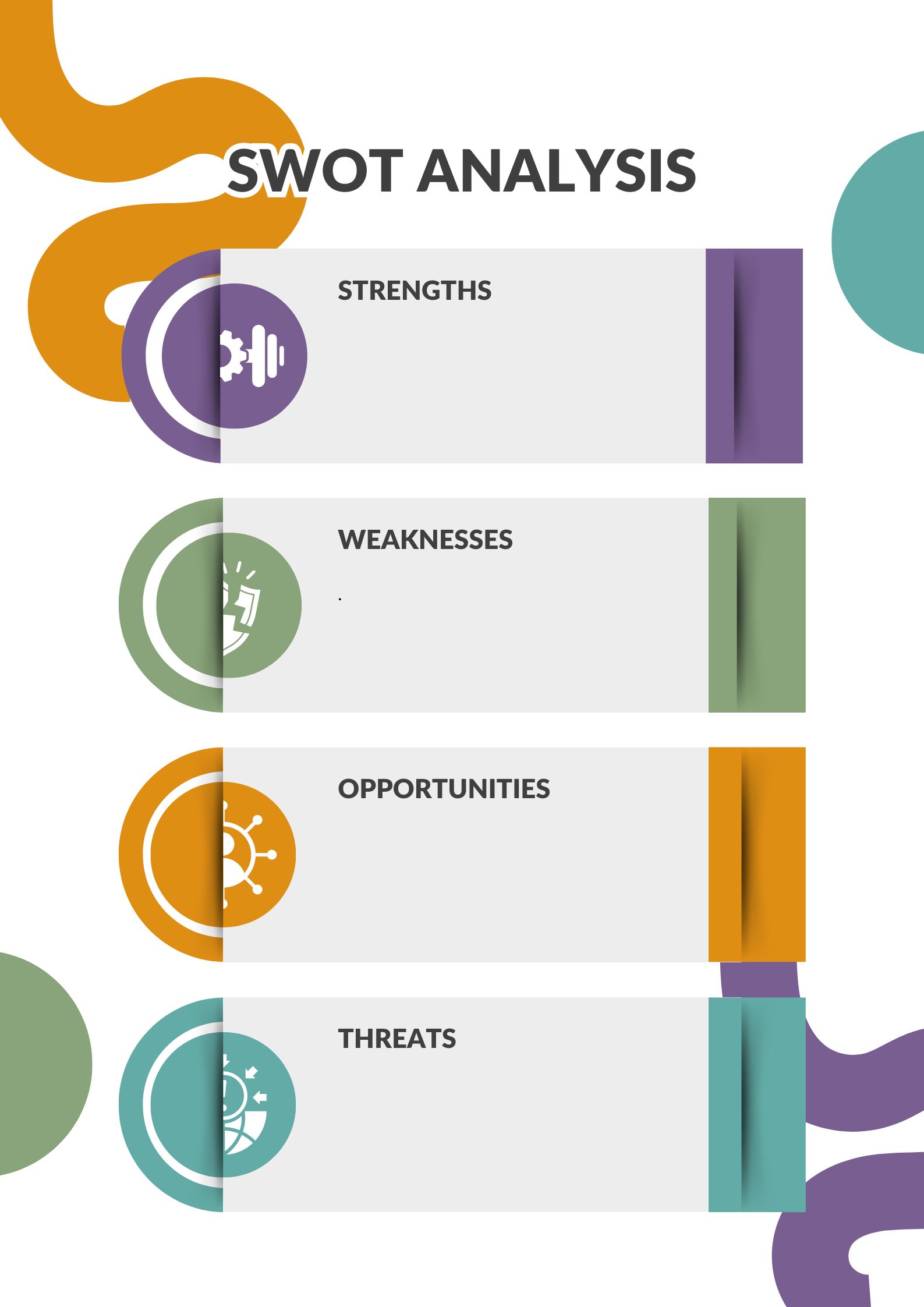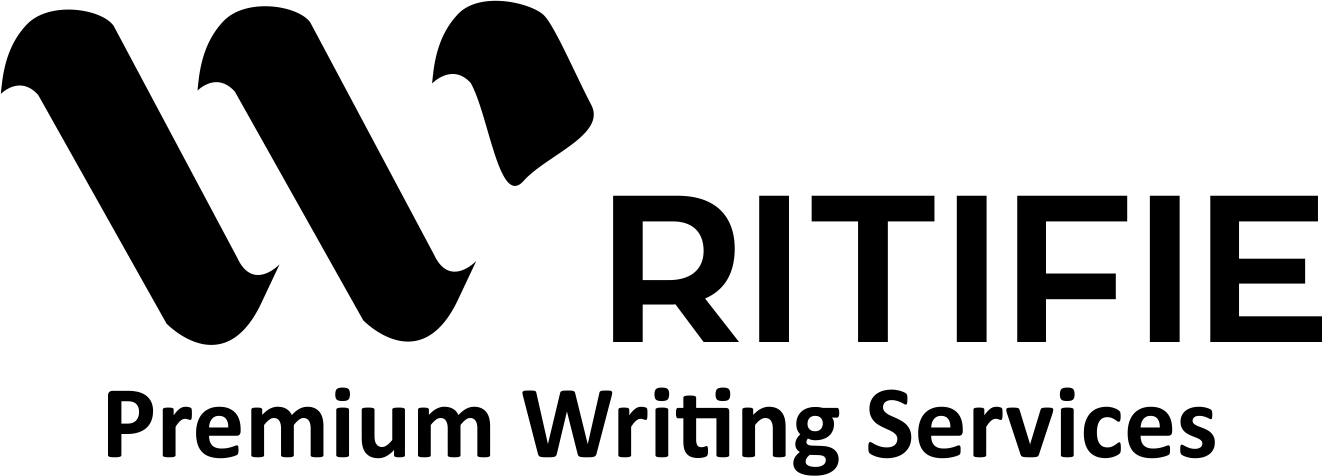
SWOT Analysis:Advantages and Limitations
Table of Contents
In today’s competitive business environment, having a strategic approach is crucial for making informed decisions. One tool that has stood the test of time is SWOT analysis. It’s a simple yet powerful framework used by businesses to assess internal and external factors that can impact their operations. In this blog, we’ll explore what SWOT analysis is, its benefits, and its drawbacks, helping you understand how best to use it for strategic planning.
What is SWOT Analysis?
SWOT stands for Strengths, Weaknesses, Opportunities, and Threats. It’s a strategic planning tool that helps organizations evaluate these four aspects of their business. The framework can be used to analyze a specific project, department, or the business as a whole.
- Strengths: Internal factors that provide an advantage to the business.
- Weaknesses: Internal shortcomings that hinder progress.
- Opportunities: External trends that the business can take advantage of.
- Threats: External challenges that could harm the business.
By breaking down these four elements, businesses can formulate effective strategies to capitalize on their strengths, minimize weaknesses, seize opportunities, and counter potential threats.
Steps to Conduct a SWOT Analysis
Before diving into the pros and cons of SWOT analysis, let’s go over how to conduct one:
- Identify Internal Strengths and Weaknesses: Look within your organization to find areas where you excel and areas where you lag. For example, a strong market position may be a strength, while a limited online presence could be a weakness.
- Evaluate External Opportunities and Threats: Assess external forces, such as market trends or regulatory changes, that could either help or hurt your business.
- Prioritize Key Points: Not all strengths, weaknesses, opportunities, or threats are equally important. Rank them based on their significance to your strategic goals.
- Develop Strategic Actions: Create strategies that capitalize on strengths and opportunities while addressing weaknesses and threats.
Advantages of SWOT Analysis
SWOT analysis is popular because of its numerous benefits. Here are the key advantages of using this tool:
1. Simple and Easy to Implement
One of the major benefits of SWOT is its simplicity. You don’t need extensive training or complex software to perform the analysis, making it accessible for any organization.
2. Provides a Holistic Overview
SWOT gives a comprehensive view by looking at both internal and external factors. This helps businesses consider all angles when planning their strategy, leading to more informed decision-making.
3. Enhances Strategic Planning
By aligning strengths with opportunities, companies can devise strategies that optimize their resources. For instance, if a company has a loyal customer base (strength) and sees increasing demand for sustainable products (opportunity), they can leverage this to grow.
4. Identifies Core Competencies
SWOT helps pinpoint what your organization does best, allowing you to allocate resources effectively and focus on your key strengths.
5. Assists in Risk Management
Understanding potential threats enables businesses to anticipate challenges and develop proactive strategies to mitigate risk.
6. Encourages Collaboration
Performing a SWOT analysis often requires input from different departments or stakeholders, encouraging collaboration and communication within the organization.
7. Supports Data-Informed Decisions
SWOT can integrate data from various sources, ensuring decisions are grounded in reality, not speculation.
Limitations of SWOT Analysis
While SWOT is a useful tool, it has its limitations. Recognizing these can help businesses use the framework more effectively:
1. Lack of Prioritization
SWOT doesn’t inherently prioritize the factors it identifies. Businesses need to carefully assess which points are most critical to their success.
2. Over-simplified
Although the simplicity of SWOT is an advantage, it can also be a drawback. It provides an overview rather than an in-depth analysis, and for more complex problems, additional tools may be needed.
3. Subjectivity
SWOT analysis is only as good as the insights provided by the team. If the people conducting it are biased or lack complete information, the results may be flawed.
4. Snapshot in Time
SWOT offers a static snapshot of a company’s current situation, but in fast-changing industries, it may quickly become outdated.
5. Doesn’t Account for External Influence
While SWOT considers external opportunities and threats, it doesn’t always delve into why these factors exist. A deeper analysis might be necessary to fully understand the external environment.
6. Limited Competitive Analysis
While SWOT may identify competitor-related threats, it doesn’t provide a comprehensive competitive analysis. Other frameworks, like Porter’s Five Forces, are often needed to better understand the competitive landscape.
7. Risk of Over-analysis
Organizations sometimes overanalyze their SWOT findings without moving forward with action. This can lead to stagnation and missed opportunities.
Maximizing the Benefits of SWOT Analysis
Here are some tips to get the most out of your SWOT analysis:
- Gather Diverse Perspectives: Include multiple stakeholders in the process to reduce bias and get a fuller picture.
- Back Your Findings with Data: Validate your findings with data to ensure accuracy.
- Update Regularly: Keep your SWOT analysis current by revisiting it regularly to adjust to new conditions.
- Complement with Other Tools: Use SWOT alongside other frameworks to gain deeper insights and improve strategic planning.
Conclusion
SWOT analysis is a valuable tool for any organization looking to assess its current situation and plan for the future. It provides a simple yet comprehensive framework for evaluating both internal and external factors. However, like any tool, it has its limitations, including potential subjectivity and a static nature. By being aware of these shortcomings and using SWOT alongside other tools, businesses can develop more robust strategies.on. By combining SWOT with other tools and continuously updating it to reflect changing conditions, organizations can make informed, data-driven decisions that lead to long-term success

